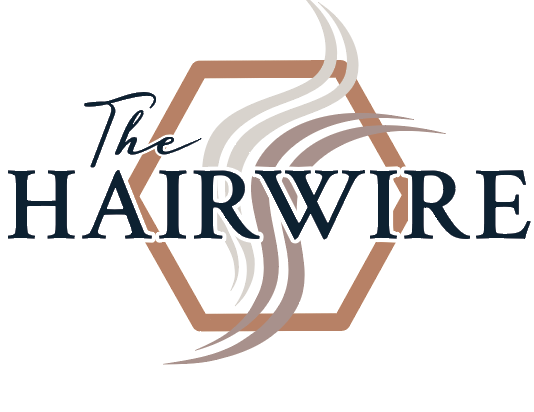Before the 1900s, hair washing was not a part of American hygiene practices, and people tried to keep their hair free of parasites and dandruff with no real solution. As time passed, taking care of one’s hair became very important at the beginning of the century.
During the Middle Ages, barbers performed bloodletting to cure some conditions. Bloodletting involves cutting open a vein and allowing blood to drain. It was a common treatment for many diseases, from sore throat to plague, until it was prohibited in 1163 by Pope Alexander III. Ambroise Pare, a 16th-century Frenchman considered the father of modern surgery, started his career as a barber-surgeon. It has been believed that the barber pole is linked to bloodletting, with red representing blood and white representing the bandages used to stem the bleeding. The pole symbolizes the stick a patient squeezes to make the veins in his arm stand out more prominently for the procedure. In Europe, barber poles traditionally are red and white, while in America, the poles are red, white, and blue. One theory holds that blue symbolizes the veins cut during bloodletting. At the same time, another interpretation suggests blue was added to the pole as a show of patriotism and a nod to the nation’s flag. By the mid-1500s, English barbers were banned from providing surgical treatments, although they could continue extracting teeth. However, barbers and surgeons remained in the same trade guild until 1745. While bloodletting largely fell out of favor with the medical community in the 19th century, it is still used today to treat many conditions.
Around 1860, a self-styled Professor Wheeler in a London barbershop sparked an interest in hair loss and hair care. Trichology was born in 1902 because of this interest in hair diseases, and the first Institute of Trichologists was established. According to recent studies, by age 35, over 40% of guys will have noticeable hair loss. With increasing age, this percentage grows, with 65 percent of men seeing noticeable hair loss at 60 and 80 percent at 80. The hair loss industry is a multibillion-dollar business predicted to double in ten years. There is a growing demand for hair loss specialists because of better understanding, the availability of multiple treatment modalities, and easy access to care.
In the 1920s, hair products proved that there was already a demand for shampoos and tonics to produce a healthy bounty of hair, cure dandruff and baldness, and renew greying or brittle hair. At that time, an African American entrepreneur, philanthropist, and political and social activist, Sarah Breedlove, suffered hairloss, severe dandruff, and other scalp conditions due to skin disorders and the application of harsh products to cleanse hair and wash clothes. Other contributing factors to her hair loss included poor diet, illnesses, and infrequent bathing and washing when most Americans lacked indoor plumbing, central heating, and electricity. Initially, Sarah learned about hair care from her brothers and barbers in St. Louis. Around the time at the World’s Fair at St. Louis in 1904, she became a commission agent selling products for Annie Malone, an African-American hair-care entrepreneur, millionaire, and owner of the Poro Company. Sales at the exposition could have been much better since the African-American community was largely ignored. While working for Malone, who would later become Walker’s largest rival in the hair-care industry, Sarah began to take her new knowledge and develop her product line. In July 1905, when she was 37 years old, Sarah and her daughter moved to Denver, Colorado, where she continued selling Malone products and developing her own hair-care business. Her formula was a mixture of petroleum jelly and sulfur that had been used for a hundred years.
Trichology, an officially recognized discipline in the United States, is fairly recent, with the majority of the public only becoming aware of the science of hair and scalp in the last two decades.

